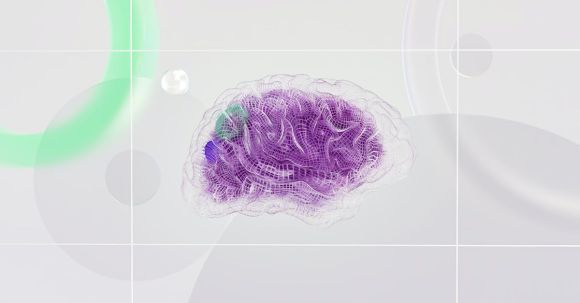The human brain is an incredibly complex and fascinating organ that plays a crucial role in our everyday lives. It is responsible for controlling our thoughts, emotions, and actions, as well as processing sensory information and storing memories. Understanding how the brain works is a topic that has fascinated scientists and researchers for centuries. In this article, we will explore the inner workings of the human brain and uncover some of its amazing capabilities.
The Structure of the Brain
The brain is composed of billions of nerve cells called neurons, which are connected to each other through intricate networks. These neurons communicate with each other through electrical and chemical signals, allowing information to be transmitted throughout the brain. The brain can be divided into several major regions, each with its own specific functions.
The Cerebrum: The Center of Consciousness
The cerebrum is the largest part of the brain and is responsible for our conscious thoughts and actions. It is divided into two hemispheres, the left and right, which are connected by a thick band of nerve fibers called the corpus callosum. The left hemisphere is generally associated with logic, language, and analytical thinking, while the right hemisphere is more involved in creativity, intuition, and spatial awareness.
The Brainstem: The Control Center
Located at the base of the brain, the brainstem is responsible for regulating vital functions such as breathing, heart rate, and digestion. It also acts as a relay center, transmitting information between the cerebrum and the rest of the body. The brainstem plays a crucial role in maintaining homeostasis and coordinating our body’s responses to external stimuli.
The Limbic System: The Seat of Emotions
The limbic system is a group of structures deep within the brain that are involved in regulating emotions and memory. It includes the amygdala, which is responsible for processing emotions such as fear and pleasure, and the hippocampus, which is involved in the formation and retrieval of memories. The limbic system plays a vital role in our emotional experiences and helps us navigate the world around us.
Information Processing in the Brain
The human brain is constantly processing vast amounts of information from our environment. This information is received through our sensory organs, such as our eyes and ears, and is then processed and interpreted by different regions of the brain. For example, visual information is processed in the occipital lobe, while auditory information is processed in the temporal lobe.
Neuroplasticity: The Brain’s Ability to Change
One of the most remarkable features of the human brain is its ability to change and adapt throughout our lives. This phenomenon, known as neuroplasticity, allows the brain to reorganize its structure and function in response to new experiences and learning. Neuroplasticity plays a crucial role in our ability to acquire new skills, recover from brain injuries, and adapt to changes in our environment.
Conclusion: The Wonders of the Human Brain
The human brain is a truly remarkable organ that allows us to experience the world and interact with it in profound ways. Its complex structure and intricate networks of neurons enable us to think, feel, and act. By understanding how the brain works, scientists and researchers can unlock new insights into human behavior, develop treatments for neurological disorders, and continue to unravel the mysteries of this incredible organ. So next time you marvel at your ability to solve a problem or recall a cherished memory, remember that it is all thanks to the wonders of the human brain.
